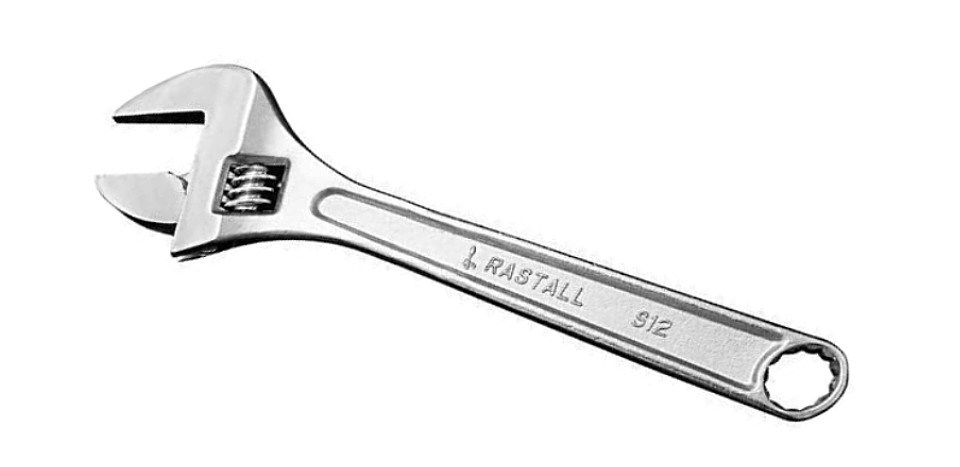Writing obituaries – something every reporter does – means taking a few moments to consider the lives of some individuals who have really made a difference for others.
That's what I was thinking this week when I saw the death notice for Don Rastall of Sudbury.
Sadly, I never met the man, but had I found the time I would have shaken his hand gladly. So would hundreds – never mind that – so would thousands of other ordinary working people who were lucky enough to have held a Rastall in their hand.
I refer to the Rastall S12 wrench, something that every hard rock miner in Northern Ontario would know about. The company calls it the Rastall Tool. Lots of guys just called it the Rastall. It is also known as "the miner's wrench." It was invented and patented by Mr. Rastall.
Rastall president Tom Primeau confirmed that the wrench has become part of every underground mining operation, and not just in Canada. It is also well-known internationally.
“To the best of my knowledge, and that’s 35 years worth, it is pretty well in every underground mine across Canada. It continues to be extensively used in the United States in underground mining and of course in other countries,” he said.
Primeau also said Northern Ontario has produced so many mining contractors who work around the globe and “they insist on having the Rastall wrench,” becoming ambassadors for the iconic Sudbury-born tool.
He said most northern contractors trained their miners with the Rastall wrench to the point that it became almost like a third arm, said Primeau.
“There’s no doubt in my mind there are a lot of Canadian miners that take on positions with mining companies overseas or wherever and it’s always, well we need these, you have to find these wrenches,” he said.
“I would say almost 100 per cent of our sales to other countries is because of Canadian miners going abroad, without a doubt.”
Want to read more stories about business in the North? Subscribe to our newsletter.
Primeau added that miners insist on quality and there’s no better test for quality than in a hard rock mine where tools and machinery are put to the test.
My career as a miner lasted only a few years in Timmins, but I remember the wrench was the one tool the company (Texas Gulf Canada) gave to every miner. We were told that it was just as important as our safety belt, our helmet, our cap lamp and our steel-toed boots. Don't lose it and don't let any other miner steal it, I was told.
The special thing about the Rastall was that it was no ordinary crescent wrench. The jaws on a Rastall opened up wider than an inch and a half; wide enough to attach your high-pressure air hose and your water line to a jackleg or stoper drill.
Normally, any wrench that opened that wide would be too long and too heavy to wield and carry around all day. There's a saying that miners work hard, but miners also work easy. The Rastall was just a foot long and lighter, too. No sense carrying a larger wrench when a Rastall would do. It was just heavy enough to know when you got on the cage that you had your wrench tucked into your belt.
So set up your stoper or jackleg, hook up the air and water lines, and get ready for work. Add oil to your lubricator and the wrench was the right tool to open it and then close it. To access the main airline, you had to crack the valve open. It didn't always give. Pull out the Rastall and suddenly the backside of the crescent wrench became a hammer with just enough weight to open the airline. Some guys would weld a one-inch nut to the back of the wrench to add to the hammer effect.
As you set to work drilling in the rock, there was always a chance that the drill-steel would jam. It happened to me during one shift on 2800 at Kidd Mine when we were putting in wall bolts. My steel was jammed and I couldn't budge it. Miner Danny Gagnon showed me a trick he had learned at Musselwhite. He pulled out his S12, turned it around and showed me that the Rastall had a built-in 7/8-inch box wrench – the perfect size for loosening a jackleg drill steel.
And I don't know if all miners did this, but after a shift of installing rock bolts, I always took a few moments to pull out the wrench, open the jaws wide and make sure those rock bolts were locked in there as tightly and safely as could be.
Thank you, Mr. Rastall.




